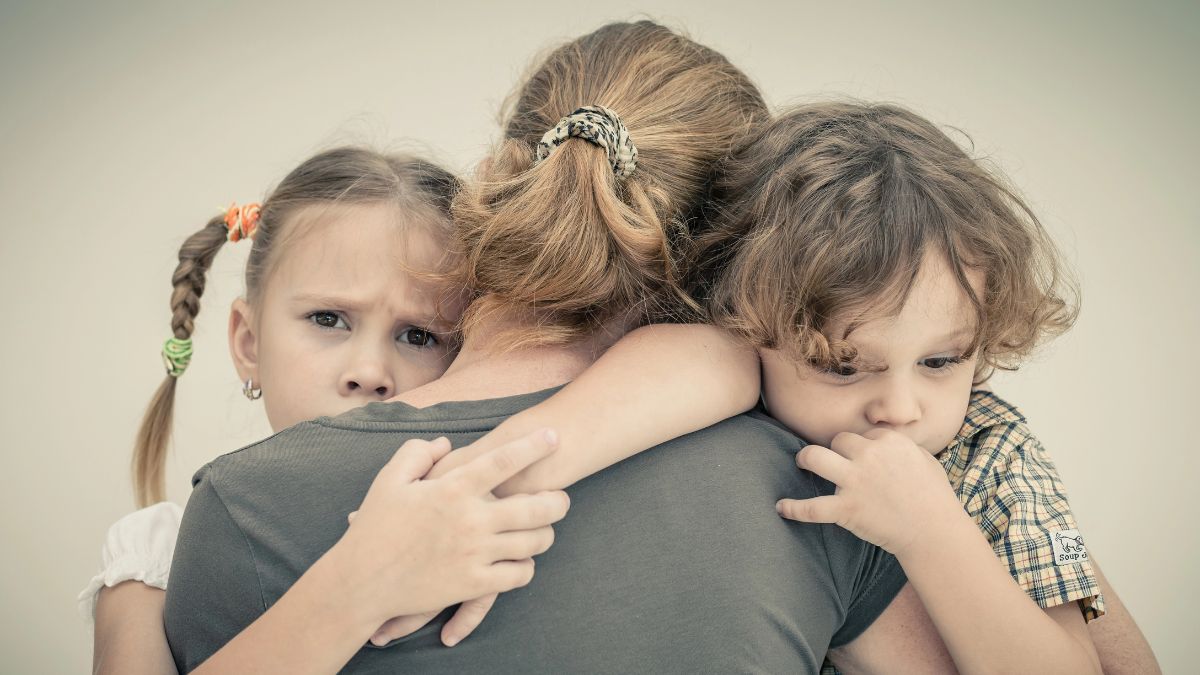15 Things Parents Did in the ’80s That Would Raise Eyebrows Today
Parenting in the 1980s was very different from today. Back then, many things were considered normal that would now be questioned—or even get parents into serious trouble. Whether it was more relaxed rules, fewer safety precautions, or a different attitude toward supervision, 80s parents had a style all their own.
Times have changed, and so have expectations about what’s considered safe and appropriate for kids. Here are some parenting habits from the 1980s that definitely wouldn’t fly today.
Letting Kids Ride in the Front Seat
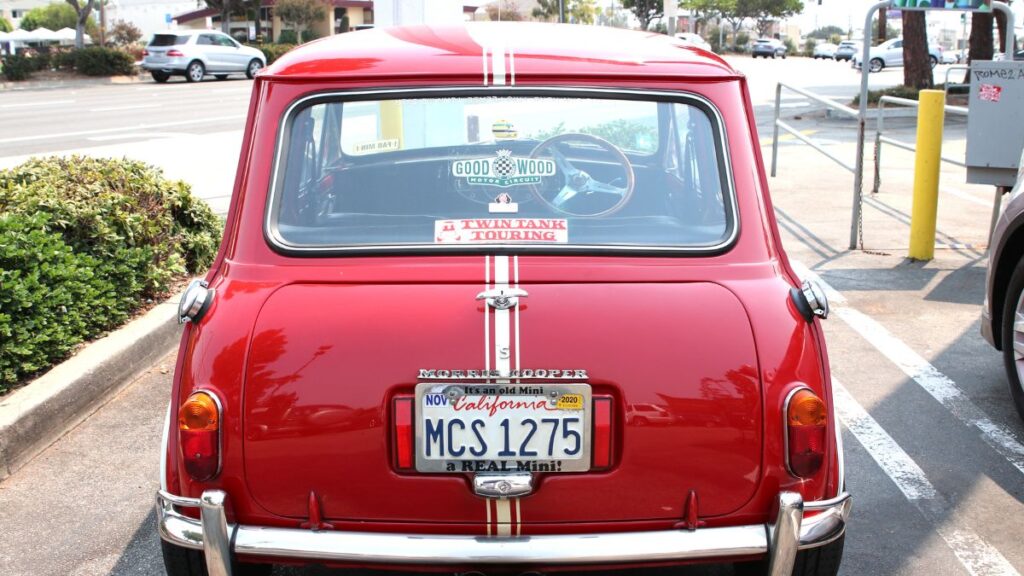
In the ’80s, seeing a child riding shotgun next to a parent wasn’t unusual. Seatbelt laws were still catching on, and car seats weren’t as strictly enforced. Safety guidelines today recommend keeping children in the back seat until age 13. Letting a young child sit in the front now would raise safety concerns and could even lead to a fine. What once felt normal now feels risky.
Smoking Around Kids

Smoking indoors—or even in the car with the windows up—was common in the 80s. Parents would light up at home, in restaurants, or while holding their baby. Today, smoking around children is widely seen as harmful and inconsiderate. Many states have even made it illegal to smoke in a car with kids present. Public awareness about secondhand smoke has made this behavior unacceptable.
Leaving Kids Alone in the Car
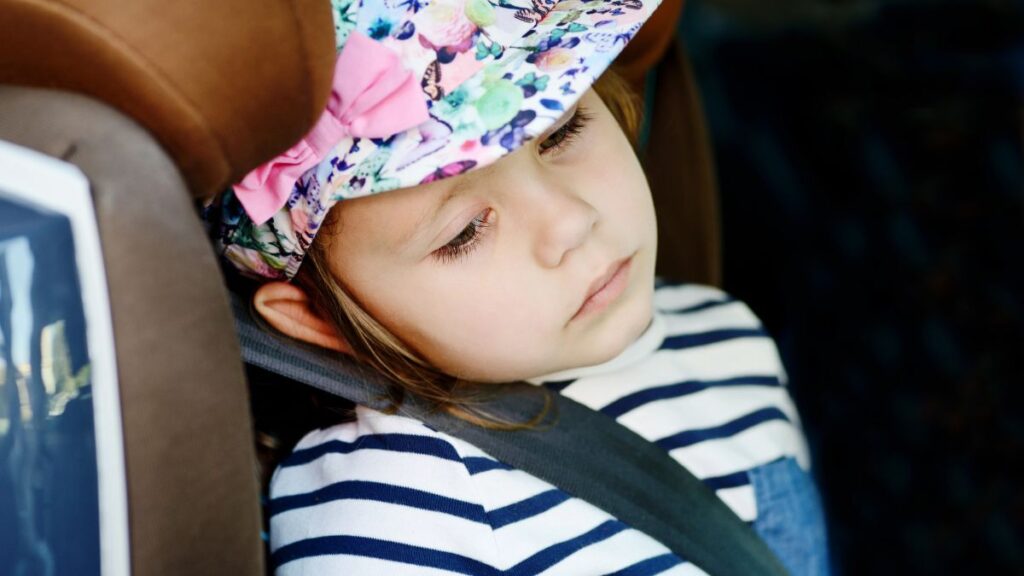
Parents in the 80s often left their kids in the car while they ran into the store or handled a quick errand. It was no big deal, especially if the windows were cracked. Now, leaving children alone in a vehicle is a serious safety concern. It can lead to legal consequences, especially during hot or cold weather. What was once a quick convenience is now seen as neglect.
No Helmets for Biking or Skating
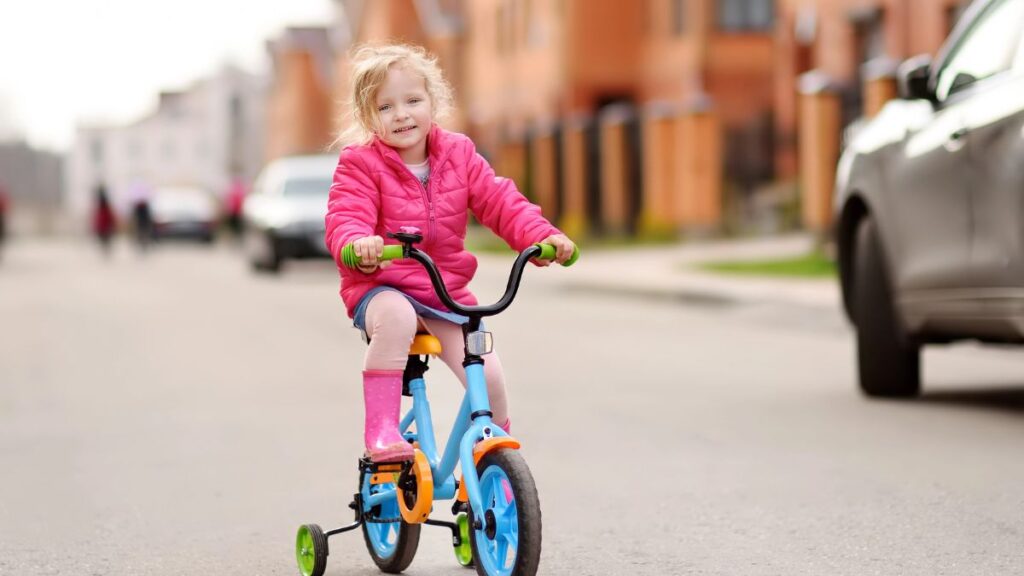
Back then, most kids rode bikes, skateboards, and roller skates without any protective gear. Helmets and knee pads were rare, and no one thought twice about it. Today, helmets are required in many places, and parents are expected to enforce the use of safety gear. Questions would be asked if a child got injured while riding without a helmet. Safety rules are now a top priority for outdoor play.
Letting Kids Roam the Neighborhood Alone
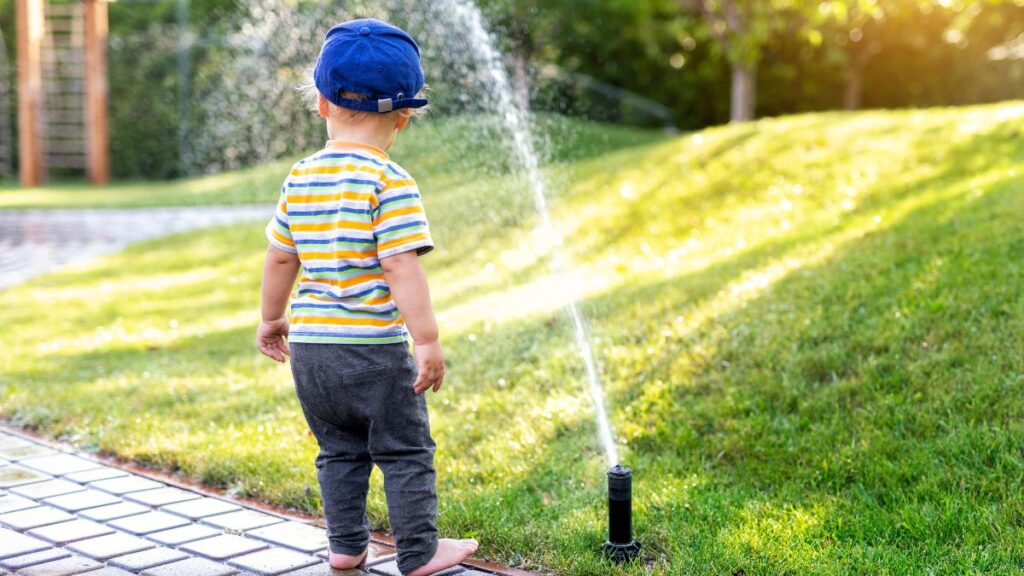
It was normal for kids to leave the house after school and not return until dinner. Parents often didn’t know exactly where their children were, and no one had cell phones. Now, letting young kids wander alone is seen as risky and can lead to calls to child protective services. Community standards around supervision have changed a lot. Freedom once praised, is now viewed as a lack of oversight.
Letting Older Siblings Babysit Too Young

In many families, a 10 or 11-year-old was left in charge of younger siblings. It was considered a rite of passage and a way to teach responsibility. Today, many people believe that’s too young for such a big task. Some areas even have age guidelines for when a child can legally babysit. What used to be seen as practical might now be seen as unsafe.
Corporal Punishment Without Question

Spanking and other forms of physical discipline were prevalent in the 80s. It was even done in schools in some places. Now, there’s a broader understanding of the impact of physical punishment on children’s mental health. Many parents avoid it completely, and some states have banned corporal punishment in schools. Discipline methods have shifted toward more positive approaches.
No Car Seats or Loose Booster Seats
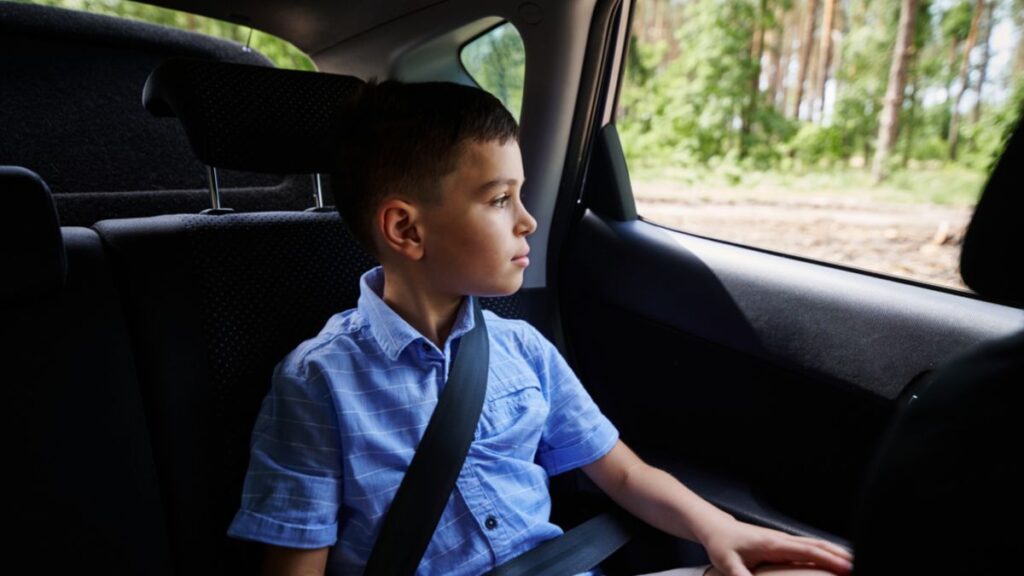
Parents used to drive around with infants in their laps or toddlers bouncing around the back seat. Car seats existed, but many were optional or not used properly. Today, strict laws require correctly installed car and booster seats up to a certain age and weight. Failing to follow these guidelines can lead to fines or worse. Car safety for kids has come a long way.
Watching Inappropriate Movies

It wasn’t uncommon for kids to watch scary or adult-themed movies like Gremlins or Robocop with little concern. Parents often didn’t pay much attention to movie ratings. Most parents are careful about age-appropriate content and rely on guidelines like PG-13 or parental control settings. Letting a young child watch violent or mature content can raise serious concerns today. Entertainment standards have become more protective.
No Sunscreen or Tanning Oil for Kids
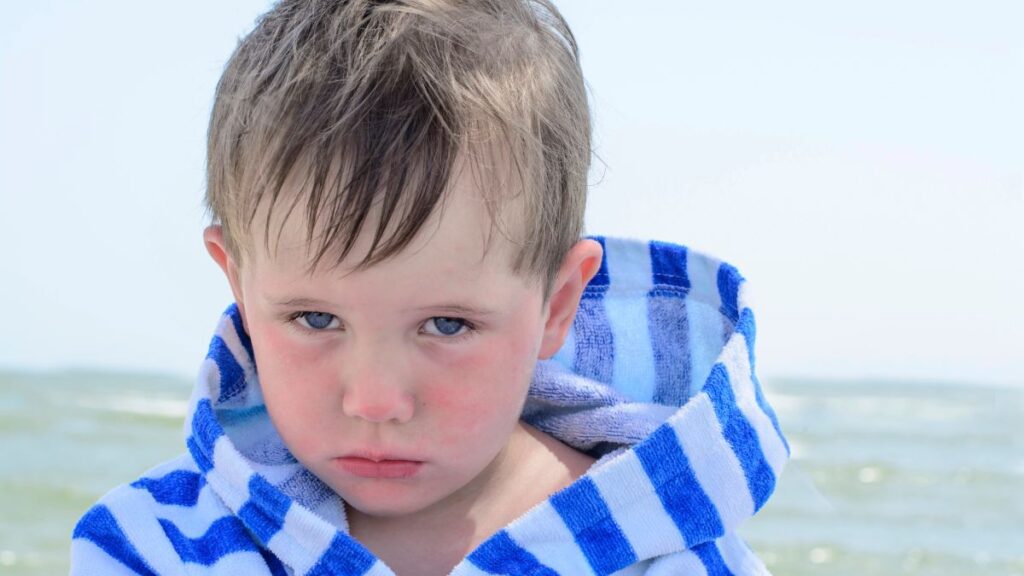
In the 80s, getting a tan was seen as healthy, and sunscreen wasn’t always a priority. Some parents even used tanning oil on themselves and didn’t think much about protecting their kids’ skin. Now, doctors stress the importance of sun protection starting at a young age. Parents who skip sunscreen might be seen as careless. Skin safety is taken much more seriously.
Letting Kids Ride in the Back of Pickups

Riding in the open bed of a pickup truck was almost a childhood thrill in the 80s. Kids would sit back there during parades, road trips, or just quick drives around town. Today, this is illegal in many states and considered highly unsafe. Allowing a child to ride unrestrained in a moving vehicle now raises major safety concerns. Fun back then would be reckless now.
Ignoring Food Allergies or Nutrition Labels

Few people previously talked about food allergies, and schools rarely adjusted for them. Packaged snacks were handed out without checking ingredients, and healthy eating wasn’t a big focus. Food allergies are taken very seriously today, and schools often have strict guidelines. Parents must read labels carefully and communicate dietary needs. A lack of awareness today could put a child at serious risk.
Sending Sick Kids to School
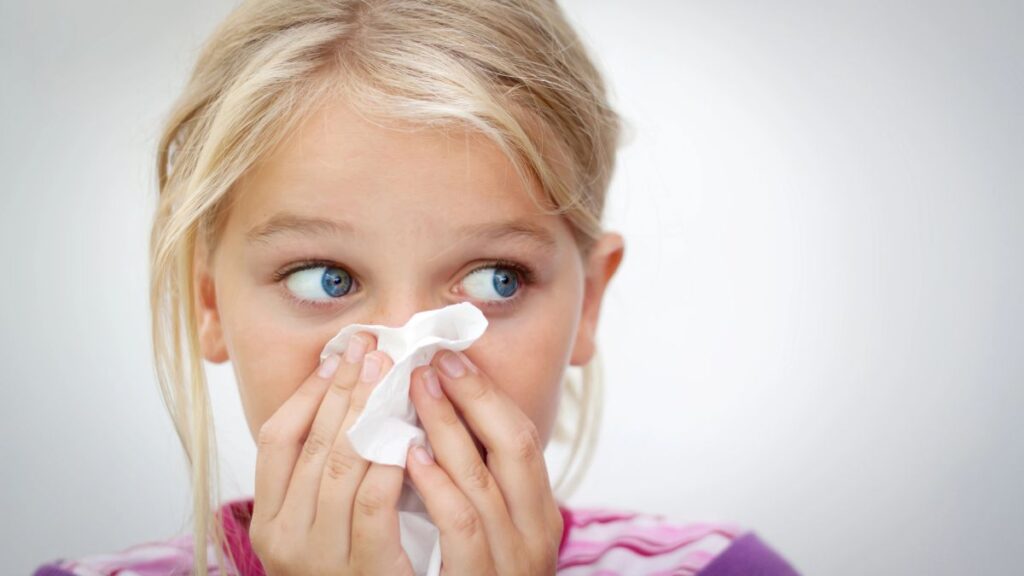
In the 80s, unless a child had a high fever, they were often sent to school with a cough or cold. Parents had fewer options for staying home with sick kids, and there was less focus on preventing illness. Now, schools have stricter rules about keeping sick children at home. Parents are expected to monitor symptoms and act with caution. Health policies have become much more cautious.
Drinking and Driving in Front of Kids

While it was never legal, some parents in the 80s were more relaxed about driving after a drink or two. Kids often rode along without understanding the risks. Today, drinking and driving is taken extremely seriously, and modeling this behavior in front of children is heavily frowned upon. Being caught could mean legal trouble and damage to parental rights. The safety culture around alcohol has dramatically shifted.
Letting Kids Stay Up All Night
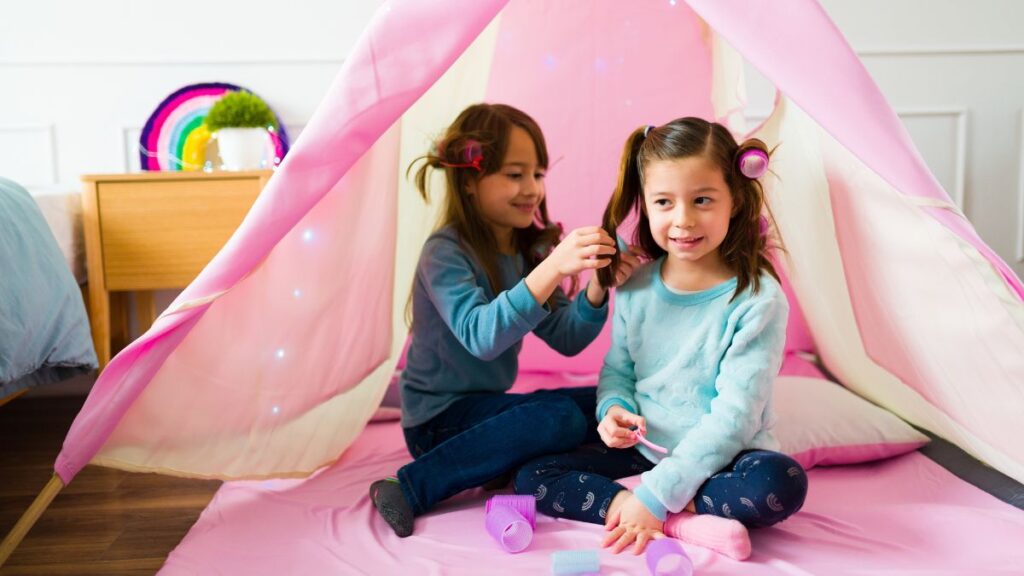
Bedtimes were often flexible, and kids stayed up late watching TV or playing outside. There was less emphasis on sleep schedules or how lack of sleep affects behavior and health. Now, experts stress the importance of a regular sleep routine for children’s development. Parents who let their kids stay up all night may face questions from teachers or health professionals. Sleep is now seen as essential, not optional.
Related: 15 Clever Hacks To Reduce That Never-Ending Grocery Bill

Managing grocery expenses can be challenging for many households, especially with rising food costs and fluctuating budgets.
However, with some creativity and resourcefulness, you can implement numerous clever hacks to reduce your never-ending grocery bill without sacrificing the quality or variety of your meals.

